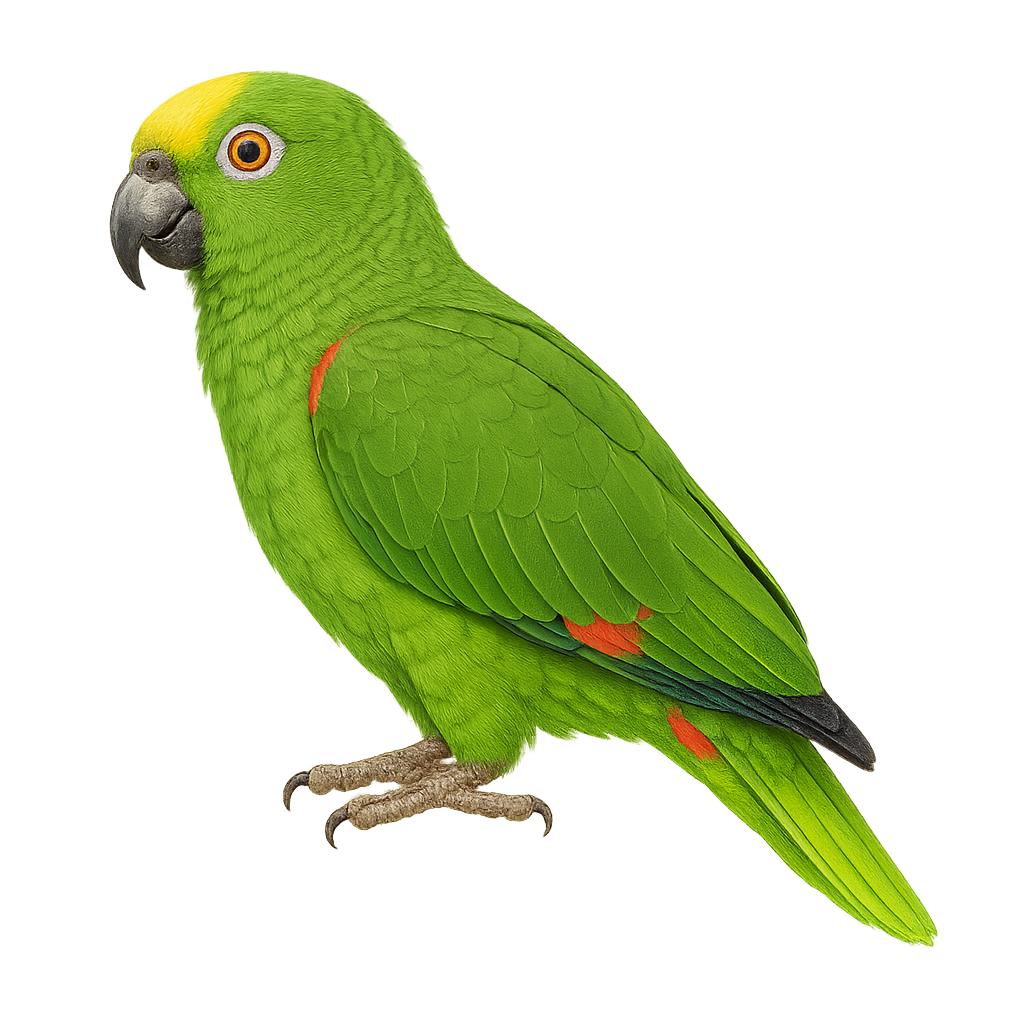Your wildlife photography guide.
Explore the yellow-headed amazon in detail, study its behavior, prepare your shots.
Where to observe and photograph the yellow-headed amazon in the wild
Learn where and when to spot the yellow-headed amazon in the wild, how to identify the species based on distinctive features, and what natural environments it inhabits. The WildlifePhotographer app offers tailored photography tips that reflect the yellow-headed amazon’s behavior, helping you capture better wildlife images. Explore the full species profile for key information including description, habitat, active periods, and approach techniques.
Yellow-headed Amazon
Scientific name: Amazona ochrocephala

IUCN Status: Near Threatened
Family: PSITTACIDAE
Group: Birds
Sensitivity to human approach: Suspicious
Minimum approach distance: 10 m
Courtship display: February to March
Incubation: 26-28 jours
Hatchings: February to April
Habitat:
Tropical forests, mangroves, woodlands
Activity period :
Primarily active during the day, with peak activity in the morning and late afternoon.
Identification and description:
The Yellow-headed Amazon is a medium-sized parrot known for its bright yellow head contrasting with its green body. Native to the tropical and subtropical forests of Central and South America, it is often found in woodlands and mangroves. With remarkable intelligence, this species is famous for its ability to mimic sounds and human speech, making it a popular pet. However, its wild population is declining due to deforestation and illegal trade. It typically lives in groups and feeds on fruits, seeds, and nuts. In captivity, it can live up to 50 years.
Recommended lens:
400 mm – adjust based on distance, desired framing (portrait or habitat), and approach conditions.
Photography tips:
To photograph the Yellow-headed Amazon, it is advisable to use a telephoto lens of at least 400mm to capture detailed images without disturbing the bird. Look for areas where these parrots gather, such as mangroves or tropical forests. Be patient and discreet, as these birds can be suspicious. Take advantage of the natural morning light to achieve vibrant colors and sharp details.
The WildlifePhotographer App is coming soon!
Be the first to explore the best nature spots, track rutting seasons, log your observations, and observe more wildlife.
Already 1 419 wildlife lovers subscribed worldwide

